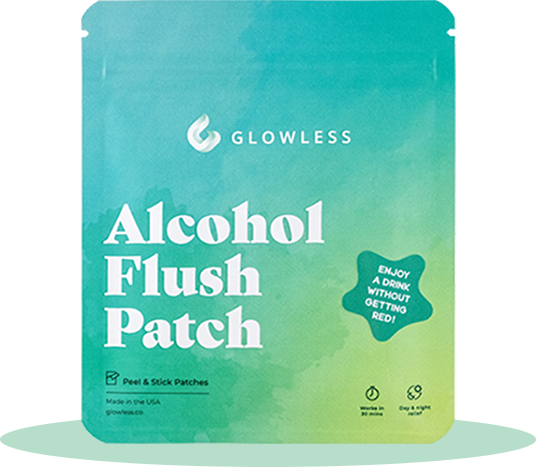It was Christmas Eve, and my lovely cousin poured glasses of red wine for the guests to enjoy. Soon, a typical scene unfolded. Almost everyone around the table became drunk and gradually developed different shades of red across their faces. Someone jokingly likened a cousin to a boiled crab due to his significantly redder face.
“But why does my face turn red when I drink?” I asked my mother once when I drank alcohol for the first time as a tween. She then told me that only people in good health would develop the flush — which, she mentioned, was indicative of a good “qi” and a steady heart. Failure to develop this Asian flush means that the person has a terrible heart condition and stagnant blood circulation, and may be prone to future heart problems.
As a young girl, I didn’t question this. I merely thanked God that I have a healthy heart as evident from my flushed face after I drink some amount of wine. After becoming an adult, however, I got curious and tried to find out if this is indeed the truth.
Turns out, it’s not.

What actually causes my flushed face?
If you’re like me and pretty much slept during Chemistry class, you probably don’t feel like reading the technicalities of ALDH2 deficiency. Or, how it causes flushed faces in most people of East Asian descent — so let me make it short for you.
In essence, people of Chinese, Japanese, and Korean origins tend to lack an enzyme called ALDH2 in their bodies. This enzyme breaks down acetaldehyde, which is a chemical component responsible for your alcohol tolerance. Too much of this, and your body won’t keep up. This leads to ailments such as palpitation (racing heartbeat), headache, nausea and, yes, red face. These are only the milder, most common reactions.
Several studies have confirmed the link between acetaldehyde and certain types of cancer. In fact, acetaldehyde has been classified as a Group B2 (probable human carcinogen) by the United States Environmental Protection Agency (EPA).
This means that prolonged consumption of alcohol in normal people is bad enough, let alone those who have deficiency or mutation of ALDH2 in their bloodstream.
So how can I stop my face from going red when I drink?
While the easiest answer is to simply stop drinking alcohol or drink in moderation, we all have situations where we cannot avoid having social drinks or two in cases like Christmas parties or colleague’s birthdays. To avoid embarrassment in front of family and friends, there are two popular known methods:
Taking antacids or antihistamines
Antacids or antihistamines such as Pepcid AC, Zantac and Zyrtec are the go-to drugs to mask the symptoms of ALDH2 deficiency or mutation. You might be wondering how drugs that are used to treat allergies and acid reflux can help you reduce or eliminate Asian flush. Well, the answer lies in their role as H1 and H2 blockers.
To put it simply, they bind to alcohol and slow its metabolism into acetaldehyde. However, there are risks involved. This includes increased tolerance to the drugs, which results in escalated alcohol intake over a period of time. My colleague Kelsey actually used Pepcid to reduce redness for years until realizing the negative affects.
Using skin patches
Those who prefer a non-drug solution may opt for skin patches. The active ingredients for these patches include Glutathione and N-Acetyl Cysteine, which are crucial in breaking down acetaldehyde. Put on the patches 30 minutes before consuming alcohol and may last the whole day or night.
What is the key takeaway?
Your flushed face is your body’s way of telling you it’s time to cut down on the alcohol and rehydrate. It’s not something to be ignore in the long run. It indicates your body’s inability to cope with the current level of alcohol in your body. So, the next time you you turn red, remember to thank your body for giving you a fair warning.
For inevitable casual occasions, though, it’s fine to pop a pill or slap a patch for that one-off night out. We should be able to enjoy a drink as long as we’re mindful of the effects of our actions.

